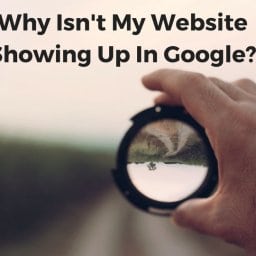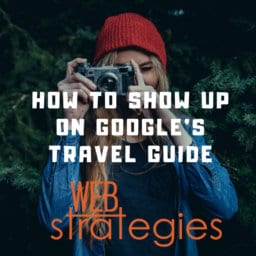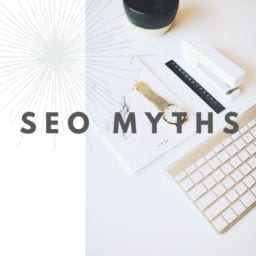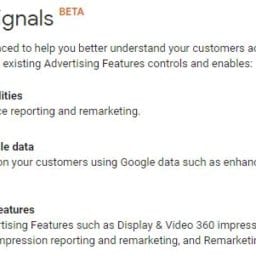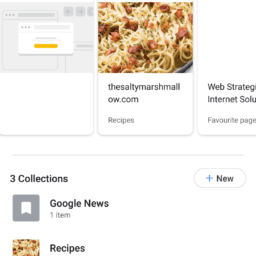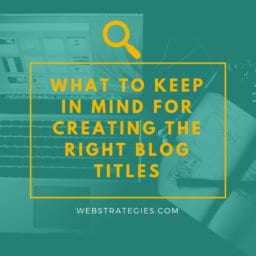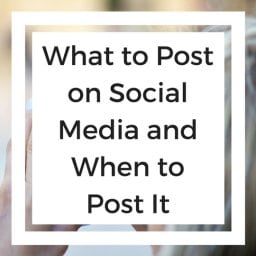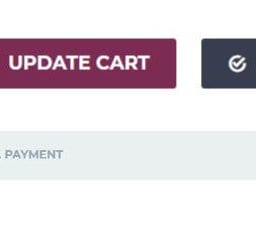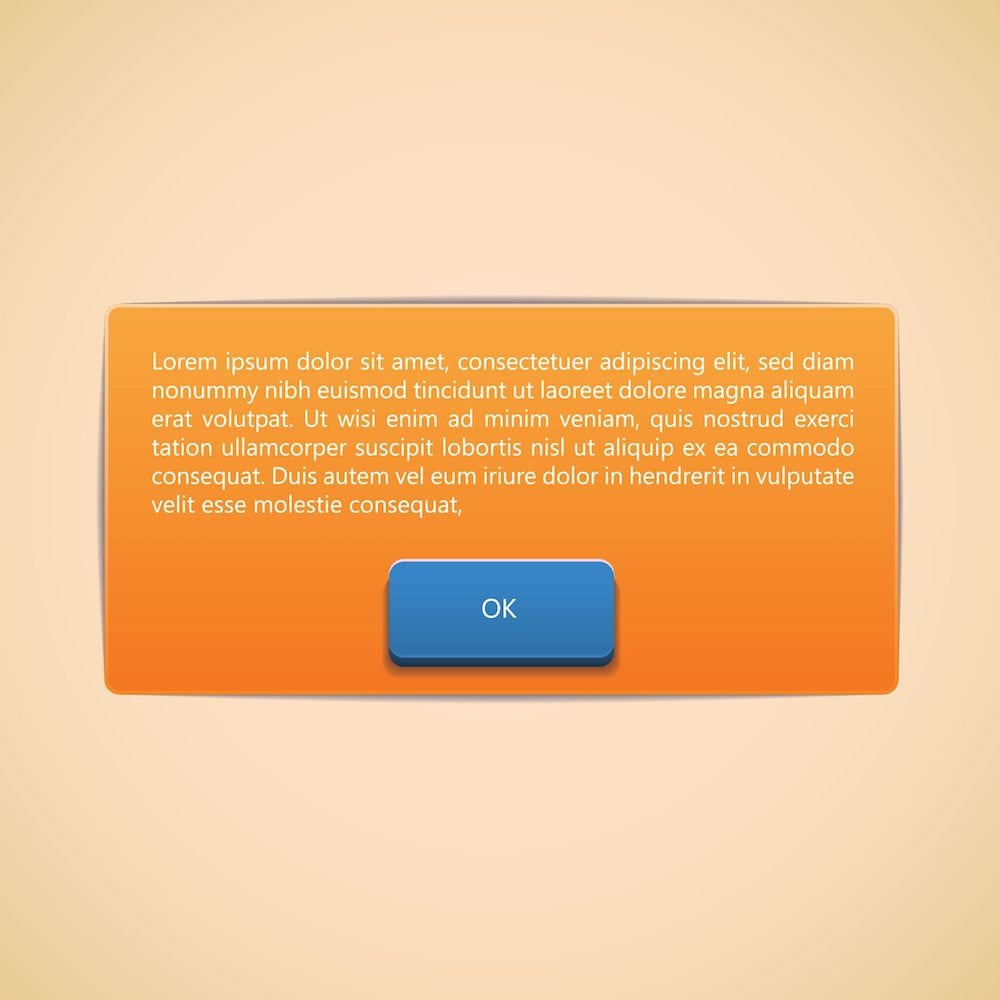 Last year, Google began penalizing sites that were not mobile-friendly. As of January 10, 2017, Google has once again updated its algorithm to help increase mobile-friendly sites’ ranking; However, this time they are focusing on getting rid of intrusive pop-up advertisements and interstitials (web pages displayed before or after an expected content page).
Last year, Google began penalizing sites that were not mobile-friendly. As of January 10, 2017, Google has once again updated its algorithm to help increase mobile-friendly sites’ ranking; However, this time they are focusing on getting rid of intrusive pop-up advertisements and interstitials (web pages displayed before or after an expected content page).
Google is all about increasing user experience and over the past years, they have become increasingly aware that mobile users don’t like these ads. So, Google has decided that with the most recent update, websites that use pop-ups and interstitials are not considered to be “mobile-friendly” search results and may rank them lower because of it.
This doesn’t mean you can’t have an ad on your site – it just needs to be adjusted so that it increases a user’s experience.
Google recently stated:
“Instead of full-page interstitials, we recommend that webmasters use more user-friendly formats such as app install banners. We hope that this change will make it easier for searchers to see the content of the pages they are looking for.”
What Is Allowed:
Not all pop-ups and overlays will be counted in Google’s new rankings. Pop-ups needed to meet a legal requirement — like verifying someone’s age — are still okay, as are smaller banners at the top of a screen that use, in Google’s not-at-all-defined formula, a “reasonable amount of screen space.” Google lists the following mobile popups as “reasonable”:
- Legal notices or warnings
- Login dialogs on a password-protected site
- Banners that use a reasonable amount of screen space
What Is Not Allowed:
For the most part, Google is targeting overlays that gray out the content beneath them to prevent you from reading a website, either for a few seconds or until you find and very carefully tap a little X to dismiss them. These count regardless of whether they load immediately after a page is opened or whether they appear after scrolling a certain distance. Google’s Webmaster Central Blog lists the following mobile popups that are considered ‘bad’:
- A popup that covers the main content immediately when the user navigates to the page or while they are looking through the page
- Standalone interstitial that is displayed before the user can gain access to the main content
- The page appears similar to standalone interstitial, but original content is underneath the above-the-fold portion
Ultimately, if a site with a pop-up still has the best information, it’s still likely to appear first. But this change ought to benefit one site over another when those two sites appear roughly equal otherwise.


